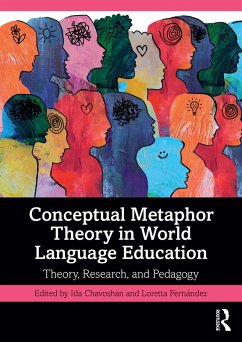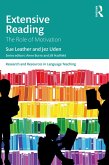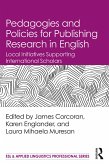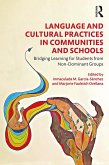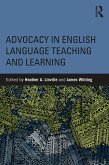- Introduce novice linguists, novice researchers, and pre-service language teachers to CMT, its extensions, and its applications, while providing an overview of the current state of the discipline;
- Shed light on new research and pedagogical practices for linguists, researchers, and language educators at all levels;
- Present theoretically founded and research-based examples of the pedagogical application of CMT across multiple world languages, including English, French, Mandarin, and Spanish;
- Highlight the experiences and perspectives of practitioner educators who have implemented CMT in world language education.
By addressing these objectives, the book aims to provide a comprehensive and insightful exploration of CMT's role in world language education, offering guidance and inspiration for both researchers and practitioners in the field.
Dieser Download kann aus rechtlichen Gründen nur mit Rechnungsadresse in A, B, BG, CY, CZ, D, DK, EW, E, FIN, F, GR, HR, H, IRL, I, LT, L, LR, M, NL, PL, P, R, S, SLO, SK ausgeliefert werden.

